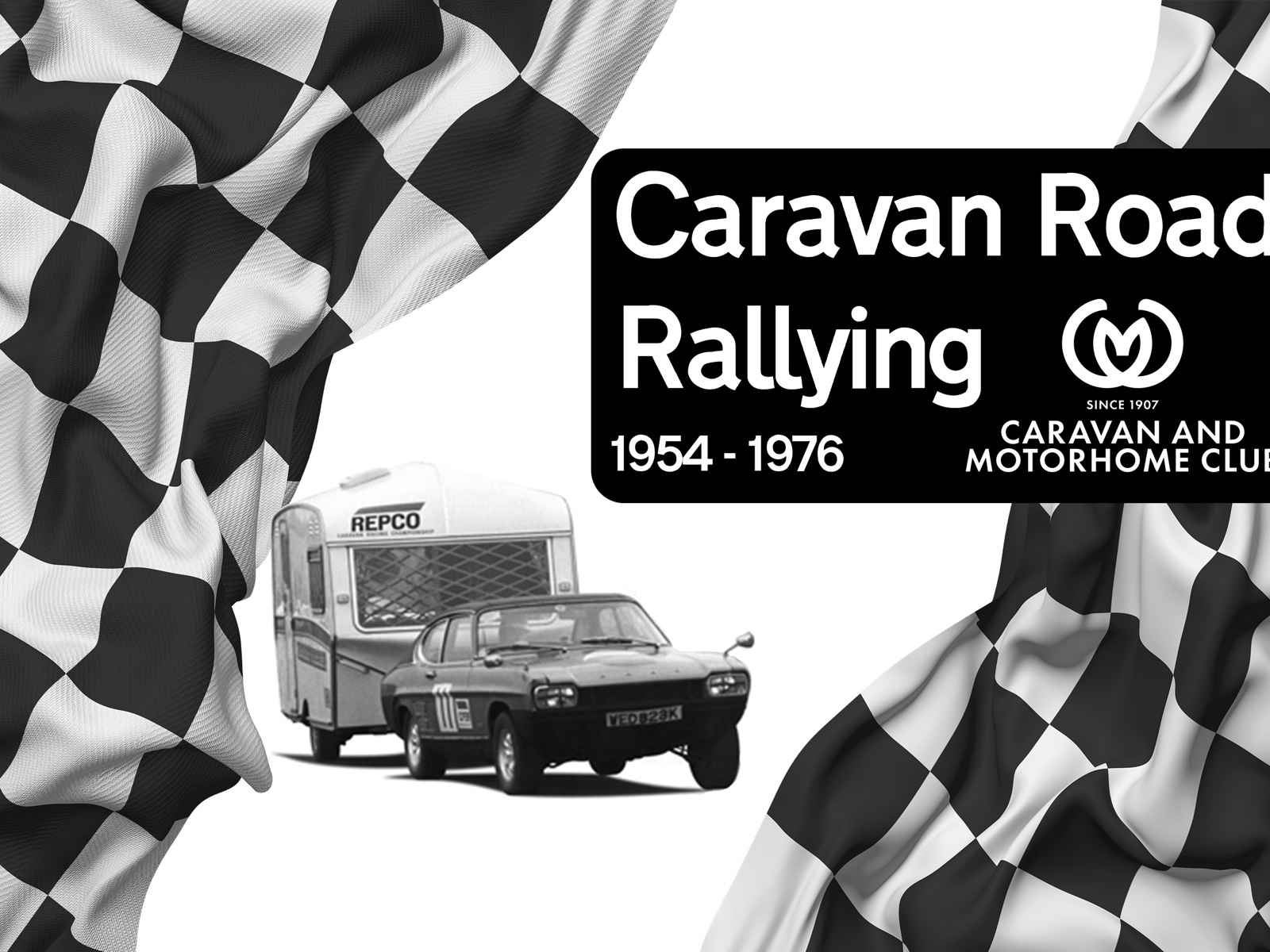
The Legacy
Find out more about the legacy passed to the holiday caravanner by the British Caravan Road Rallies.
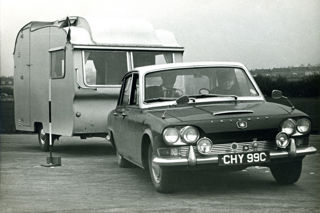
Test and demonstrate roadworthiness
The Caravan Club first organised the Caravan Road Rally event in 1954 to showcase and improve the roadworthiness of car and caravan combinations.
Between 1954 and 1976 competitors and manufacturers modified their outfits to create a leading edge. As a result the competitions had a great impact on the development of caravans, leaving a lasting legacy on the industry.
The competitions were also an excellent opportunity to publicise caravanning and the industry that surrounded it. In 1954 The Caravan magazine reported that the safety of leisure caravanning was ‘under the critical eye of public opinion’, and the Road Rally succeeded in changing this view.
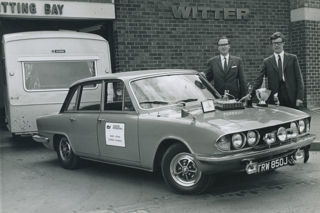
Lessons for caravaners, industry and organisers
From the earliest days of the Caravan Road Rallies, competitors were innovative in finding ways to gain an edge on their opponents.
‘Secret weapons’ and ‘gadgets’ were encouraged by organisers from periscopes on vans for improved view to additions on steering wheels to aid manoeuvres.
The rallies were also an excellent way for the caravan trade to showcase development and innovation. For example, the owners of Witter Trailer Towing Brackets were regular competitors and were able to trial their products. They stated that many event winners ‘depended upon Witter towing brackets and patent shock absorber’.
Modifications and developments
See a car and caravan de-stabilise on a bend. The quest to avoid caravan instability at higher speeds under rallying conditions led to vast improvements in caravan safety:
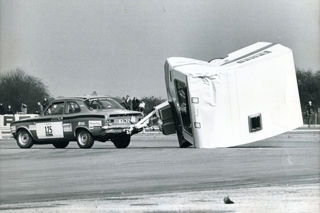
Safety at high speed
When the British Caravan Road Rallies began in 1954 the UK speed limit for a car towing a caravan was only 30mph/48.28kph.
Today, the legal speed limit for towing a caravan in a built up area is 30mph/48.28kph, whereas the limit on dual carriageways and motorways is 60mph/96.56kph.
Modifications to improve braking and van stability were developed by caravan manufacturers seeking awards.
These new innovations made it safe to tow at higher speeds. The Caravan Road Rally events played an important role in increasing caravan speed limits on public roads.
By 1965 The Club had successfully lobbied the Minister of Transport for a rise in the speed limit to 40mph/64.37kph for towing a caravan, using evidence gathered at the competitive Rallies to present their case.
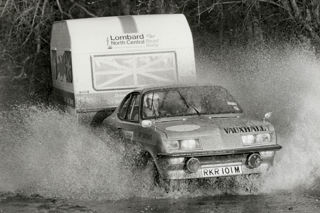
Modifications give sensational results
In a bid to achieve higher speeds in the Caravan Road Rallies, competitors busied themselves by modifying their vans.
Reports from the 1972 Rally enthusiastically stated that high speeds could be safely achieved around private country lanes.
By 1976 modifications to caravans enabled rally drivers such as Tony Pond to safely reach 90mph/144.84kph, although such speeds are not recommended for the general holiday caravanner!
Snaking
See the effects of snaking on a bend at Mallory Park in 1968. Snaking can happen when a caravan is loaded up in an uneven way and is then towed at speed.
The Road Rallies led to the development of many new devices to reduce snaking in leisure touring vans:

Subscribe for updates
Get our latest news and events straight to your inbox.